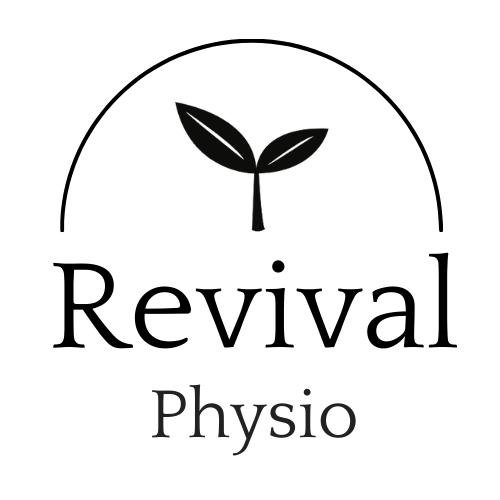
Managing Cesarean Scars with Physiotherapy
Effective Scar Treatment
C-section scar release therapy is a targeted method designed to improve the healing and mobility of scar tissue following a cesarean delivery. Many individuals face discomfort, tightness, or altered sensations around their scars, which can hinder daily activities and diminish quality of life. This therapy employs various manual techniques, including myofascial release and therapeutic massage, to gently manipulate the scar and adjacent tissues.
Through this intervention, problematic adhesions may be reduced, blood flow can be enhanced, and the elasticity of the scar improved, promoting optimal healing. Therapists trained in this approach assess both the scar and the functions of the abdominal muscles and pelvic floor, acknowledging their interconnected nature. By addressing any compensatory patterns related to scar discomfort, the therapy supports a more holistic recovery.
Clients often report diminished pain, enhanced movement, and increased body awareness following therapy.
When to Start Scar Release Physiotherapy:
It is generally advisable to start physiotherapy once the incision has sufficiently healed, usually around six weeks postpartum, but this may vary for each individual. Consultation with a healthcare provider or physiotherapist can help determine the best timing and approach for each situation. Overall, C-section scar release therapy offers significant benefits for physical recovery and supports overall well-being during the postpartum period.
The Importance of Scar Release Physiotherapy
C-section scar physiotherapy is a crucial component of recovery for individuals who have undergone a cesarean section. After surgery, it's common to experience tightness, sensitivity, or discomfort around the scar area, which can impact mobility and overall satisfaction with the healing process.
Benefits of C-section Scar Physiotherapy:
Scar Tissue Management: Scar tissue can restrict movement and contribute to discomfort. Physiotherapy techniques can help break down adhesions and improve flexibility in the surrounding tissue.
Pain Reduction: Targeted exercises and manual therapy can alleviate pain associated with the incision site, promoting a more comfortable healing experience.
Improved Mobility: Strengthening exercises aimed at core stability can restore movement patterns, helping individuals return to daily activities and exercise.
Education: Physiotherapists provide valuable information about self-care techniques, including scar massage, safe movements, and strategies to prevent complications.
Physiotherapy Techniques:
Use of a scar release tool called the Dolphin Neurostim, specifically designed to release scar tissue
Manual Therapy: This includes techniques such as myofascial release, which can help reduce tension and mobilize tissue around the scar
Acupuncture: Acupuncture is increasingly being recognised as a therapeutic option for the release of scar tissue. By targeting acupuncture points near or within the scar area, practitioners may be able to stimulate local tissue repair and reduce pain associated with scar formation. The treatment can also help address underlying issues such as tension and inflammation that may exacerbate the scar's effects.
Cupping/instrument-assisted release: Can help release deeper organ-level adhesions and/or scar tissue.
Scar Massage: Gentle massage can promote blood flow and reduce sensitivity in the scarred area. It's important to follow the guidance of a physiotherapist on timing and technique.
Strengthening Exercises: Core stability exercises can aid in rebuilding muscle strength and function, which is essential after the abdominal surgery.
Breathing Exercises: These can help in the rehabilitation of the diaphragm and promote relaxation, particularly as the abdominal muscles recover.
Engaging in physiotherapy after a C-section can facilitate a smoother recovery and improve overall physical function. A tailored program, focusing on the unique needs of the individual, can lead to better outcomes and enhanced well-being following surgery. Regular follow-up sessions with a physiotherapist can help monitor progress and adjust the treatment plan as needed.





